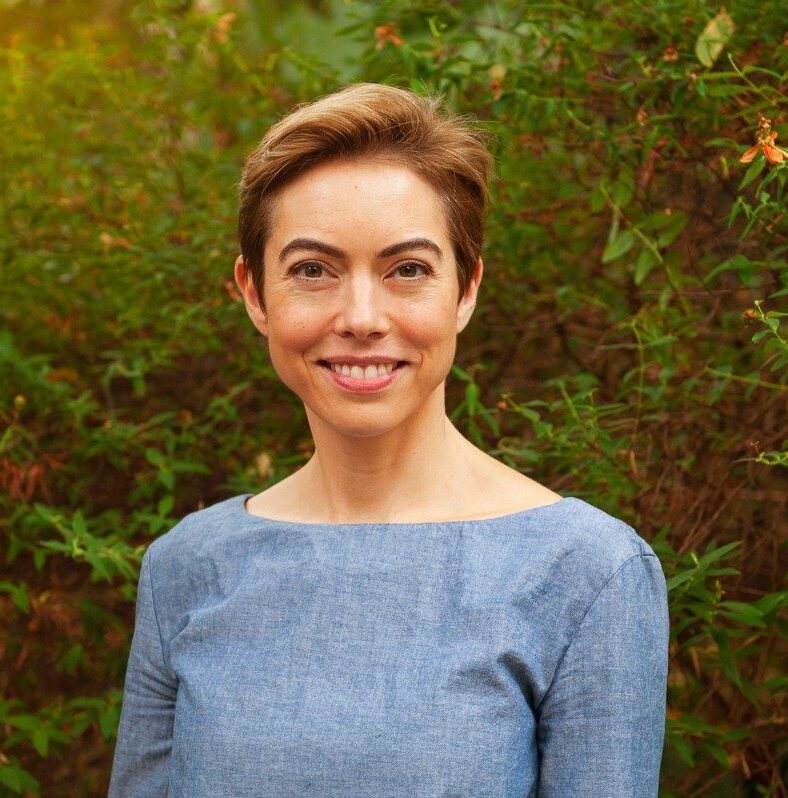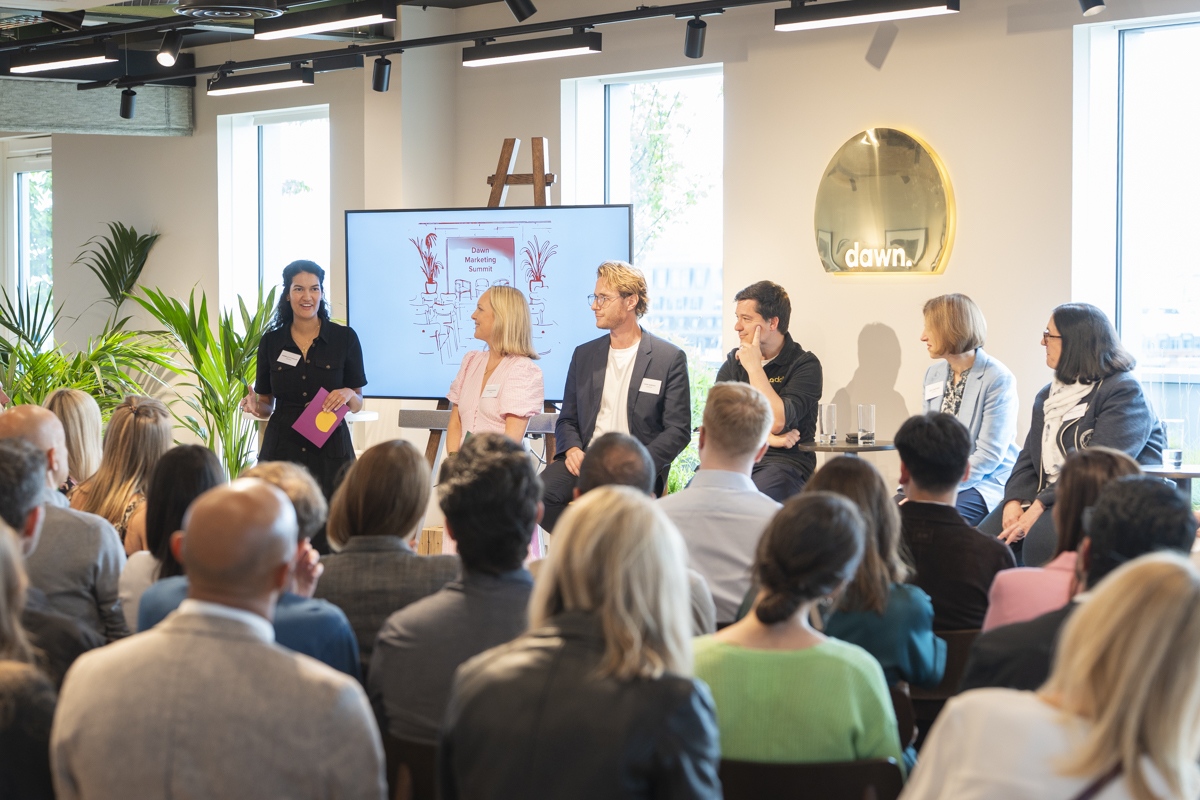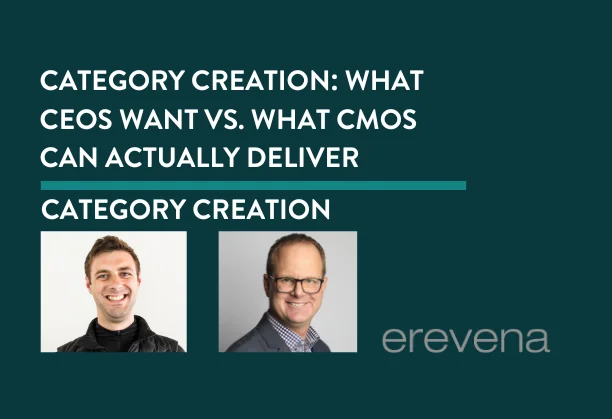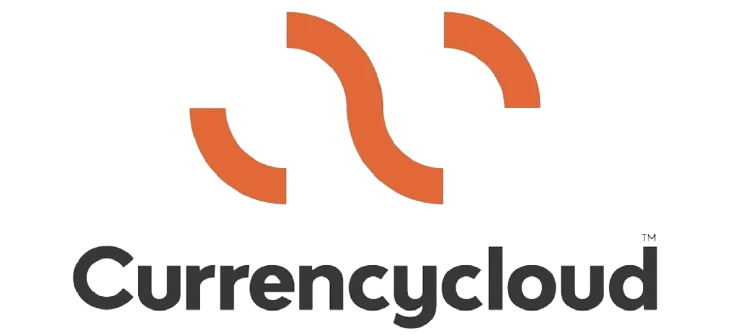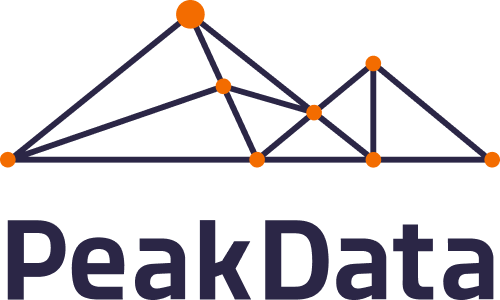Board level CMO Miranda Cresswell has been on a year of discovery as she’s moved from a full-time role at tails.com into an advisory capacity. She talks to Erevena’s Flo Bown about embarking on a journey as a fractional CMO and the importance of building trusted relationships with company founders.
Can you tell us about your early career?
I’ve been super lucky since I started work in the late 1990s. While I have had some quite big marketing jobs, it’s only recently that ‘marketing’ has appeared in my title. My first job was in sales and perhaps and I have so much appreciation for a great sales person. Then I got my big break in a digital strategy firm.
How did that next job shape your career?
It was 1998, when brands were all trying to figure out the web. It put me at the forefront of figuring out all the opportunities in this incredible wave of change in customer behaviour and the company moved me to New York where I then worked for 13 years!
Your career continued to track digitalization – can you expand on this?
I moved client-side, first in entertainment, with Home Box Office and BBC Worldwide, and then Ralph Lauren. It was always about identifying growth opportunities as audiences moved online, so you needed to understand and motivate customers while being commercial. And thanks to Ralph Lauren I sharpened my creative flair too. What an amazing basket of experiences to bring to the job of marketing director and then CMO.
Tell us about that first official marketing role?
In 2014 I moved back to the UK and joined luxury hospitality start-up onefinestay as marketing director. They liked both my luxury experience and my time in the US because they were a global brand. I found I was able to give a fresh and holistic perspective.
Was it difficult going from a globally renowned luxury brand to a start-up?
Onefinestay was radically small and radically different to Ralph Lauren. It doing something new and handcrafting everything as they went. The challenge was to get the job in the first place because CEO and co-founder Greg Marsh did his best to put me off! He’d seen that coming from a big company to a start-up could be problematic for all sorts of reasons. His said “you will be dropped in a jungle naked with no machete”. Which just made me think ‘bring it on!’. I felt I’d reached my limit with mega-corporations, that I wasn’t the right person to excel at the top levels. I was totally ready to take on risk, take ownership, take accountability, to try stuff and be scared, but do it anyway.
You joined tails.com as a board member from day one – how did that feel?
I joined in 2017 as CMO and with every person on the C-Suite, I sat on the board, which included our investor directors. We also worked on the fundraise together. When you’re hiring ‘chiefs’ at an early stage business, they need to pull their weight! This experience helped me see how the contribution and concerns of the board evolve with a shift from VC to trade-led when Nestlé Purina took a majority share.
What was it like for you at tails.com early on?
When I met James Davison, co-founder and CEO, there was a quick match. I felt I’d found my place. The company had had two senior marketing people before me albeit not at chief level, and growth had begun to plateau. That helped because James knew what had worked so far and what might need changing. He could see that I brought something different, and my background allowed me to think at the whole company level.
How important is trust between a founder and the CMO?
You can’t work as CMO without it and I was lucky to be able to win James’s trust quickly. I’d seen elsewhere how important it is to deliver value fast when you’re hired at a senior level (ie you are expensive!). Early on I tackled pricing, raising prices to reflect the value we’d created for pets and their owners. Delivering that successfully within my first three months built credibility and answered the question of whether I could execute!
What has now prompted your move into an advisory capacity at tails.com?
In 2022, we delivered our five-year business plan, and I’d already let James know that would be the time for me to step away as full time CMO. I could see I would want to start something fresh, most likely focusing on brand development. This transparency meant we could plan, and I hired my successor as marketing director three years ago. In 2023 we made the change and I’ve been incubating something new at tails.com while starting to help other brands and founders too.
How are you finding life as a fractional CMO working for more than one company?
It’s an opportunity for objectivity and cross-pollination. You never know where inspiration is going to come from. Colleagues at tails.com have also told me I’m able to deliver a different type of value, by shifting and seeing things at distance, rather than being in at the sharp end day in-day out.
Are there particular challenges in working as a fractional CMO?
Time management is hard. My personal time is taking a hit. For example, when I picked up a new client, I dropped exercise and definitely put in more hours than I was billing. Right now that’s an active choice and I see it as an investment in learning.
What advice can you give someone thinking of becoming a fractional CMO?
Experiment with what your product is. Is it time with you, or a project with clear deliverables. Initially I was more comfortable with concrete deliverables, complete with project plan and budget etc. To me that felt the clearest way deliver visible value.
I’m also building confidence in the idea that the deliverable is a conversation i.e. time with me. Whether for an hour a fortnight or in deep dive workshops. This can actually be incredibly cost-effective for clients.
I had been cautioned that if you go in as generalist CMO for two days a week, with operating responsibility, it can be hard to be effective or agree on expectations. But if I find the right team and we agree on what success looks like, I’m open to it.. So I guess another piece of advice is stay open minded!
How might a fractional CMO work better for a start-up business?
One of my clients is pre-launch, with a small team. It would be a waste of money to have a full-time marketer at any level. I’m allowing them to solve a specific problem in a specific time frame, developing their brand strategy and taking it through to creative execution – this will set them on a great footing for launch and beyond. They haven’t had to find and manage an agency or deal with the overhead and potential waste that can entail. They’ll get a fantastic result in a fraction of the time and budget.
What happens when you’ve delivered the project you were brought in for?
There might be a new problem that they want me to solve. Or perhaps someone else might be better suited to that and I’ll move on. At such an early stage, the nature of the challenges and opportunities changes at least every three month. And start-ups want them solved right now by the person best suited for the task.
Is there a right time to bring in a permanent CMO rather than on a project basis?
Let’s think about the stages of growth for a young business.
There’s pre-launch up to product market fit. You’re still figuring out who you are. You have something that customers should love but you haven’t found your stride, your growth, your sustainable acquisition. You’re going to need someone to help and I advocate for someone with a lot of experience, who understands consumers, market dynamics and knows how to approach positioning. Someone senior enough to say “do this instead of that”, and perhaps to expand the ambition and field of vision. If you don’t have this person you’ll take longer to find your growth – but unless they are a co-founder, you don’t want them as a permanent hire.
After this, you have pretty good branding and messaging and you know what your growth levers are. So you just need someone to pull those levers. Go tactical and hire an up and coming person.. then at some point you may start to plateau again.
That’s when you hit the third life stage, at which time you should bring in someone senior, who can take you past the early successes. That might be the time for a permanent CMO.
Founders are already incredibly ambitious, but a good CMO should be able to raise that ambition, expand their field of vision, and make the right changes over multiple years.
Is there a timescale for these three growth stages?
It can depend on many things like what category you’re in or how complicated your product is. Many of the greats that I think of now, like Airbnb, went through several transformations in terms of who their product was for and the expansiveness of their vision.
What next for you on your CMO journey?
I’m on a bit of a discovery. I’d like to pick up things where I can add disproportionate value and do something meaningful for the company, the founders and for me.. It may be an ego thing, but I want people to feel “wow, we’re so glad we made that choice. It’s made such a difference to us.”
Share this article:





